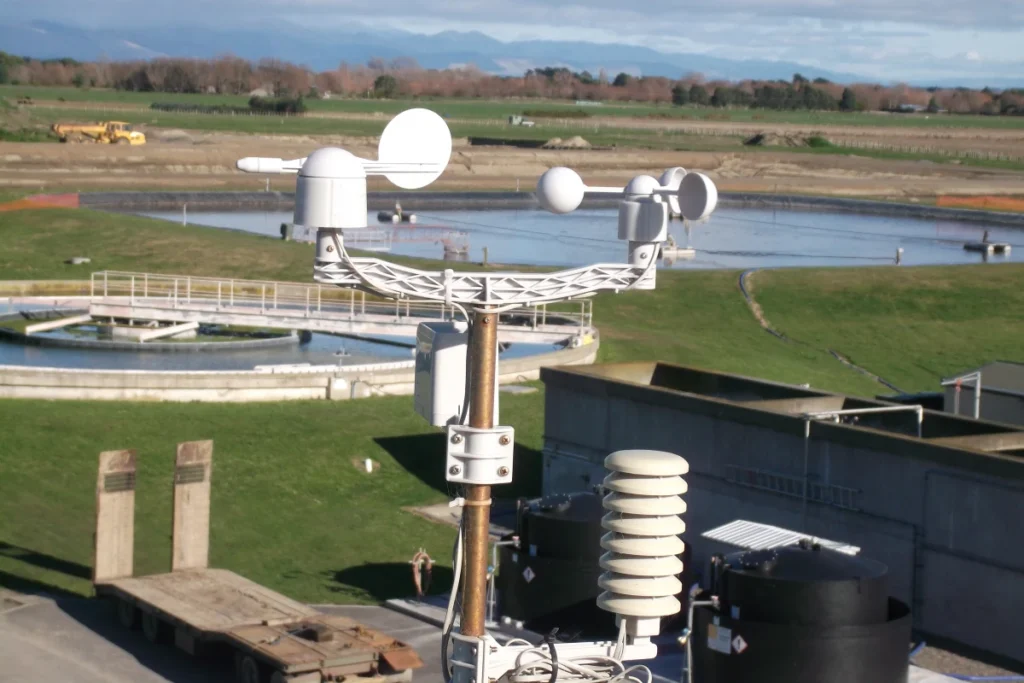
# Definition of Anemometer: Understanding Wind Speed Measurement
An anemometer is a device used to measure wind speed and is an essential tool in meteorology, environmental science, and various engineering applications. Understanding how an anemometer works and its significance can provide valuable insights into weather patterns, climate studies, and even renewable energy projects.
## What is an Anemometer?
An anemometer is an instrument designed to measure the speed of wind or other air currents. The term “anemometer” originates from the Greek word “anemos,” meaning wind, and “metron,” meaning measure. This device is widely used in weather stations, aviation, and even by outdoor enthusiasts to assess wind conditions.
### Types of Anemometers
There are several types of anemometers, each with its unique mechanism for measuring wind speed:
– Cup Anemometer: This is the most common type, featuring three or four cups mounted on horizontal arms. As the wind blows, the cups rotate, and the speed of rotation is proportional to the wind speed.
– Vane Anemometer: Also known as a windmill anemometer, this type uses a propeller or fan that spins in response to wind. The rotation speed is measured to determine wind speed.
– Hot-Wire Anemometer: This type uses a heated wire or filament. As wind passes over the wire, it cools down, and the rate of cooling is used to calculate wind speed.
– Ultrasonic Anemometer: This advanced type uses ultrasonic sound waves to measure wind speed and direction. It is highly accurate and often used in scientific research.
## How Does an Anemometer Work?
The working principle of an anemometer depends on its type. For example, in a cup anemometer, the wind causes the cups to rotate. The number of rotations per unit time is counted and converted into wind speed using a calibration formula. Similarly, in a hot-wire anemometer, the change in electrical resistance due to cooling is measured to determine wind speed.
### Applications of Anemometers
Anemometers are used in a variety of fields:
– Meteorology: To monitor and predict weather conditions.
– Aviation: To ensure safe takeoff and landing by assessing wind conditions.
– Environmental Science: To study wind patterns and their impact on ecosystems.
– Renewable Energy: To assess wind resources for wind turbine placement.
## Importance of Accurate Wind Speed Measurement
Accurate wind speed measurement is crucial for several reasons:
– Weather Forecasting: Reliable wind data helps meteorologists predict storms, hurricanes, and other weather events.
– Safety: In aviation and maritime industries, knowing wind conditions is vital for safe operations.
– Energy Production: Wind farms rely on precise wind speed data to optimize turbine performance and energy output.
In conclusion, an anemometer is a vital instrument for measuring wind speed, with applications ranging from weather forecasting to renewable energy. Understanding its types, working principles, and importance can help us better appreciate the role it plays in various scientific and industrial fields.
Keyword: define anemometer
